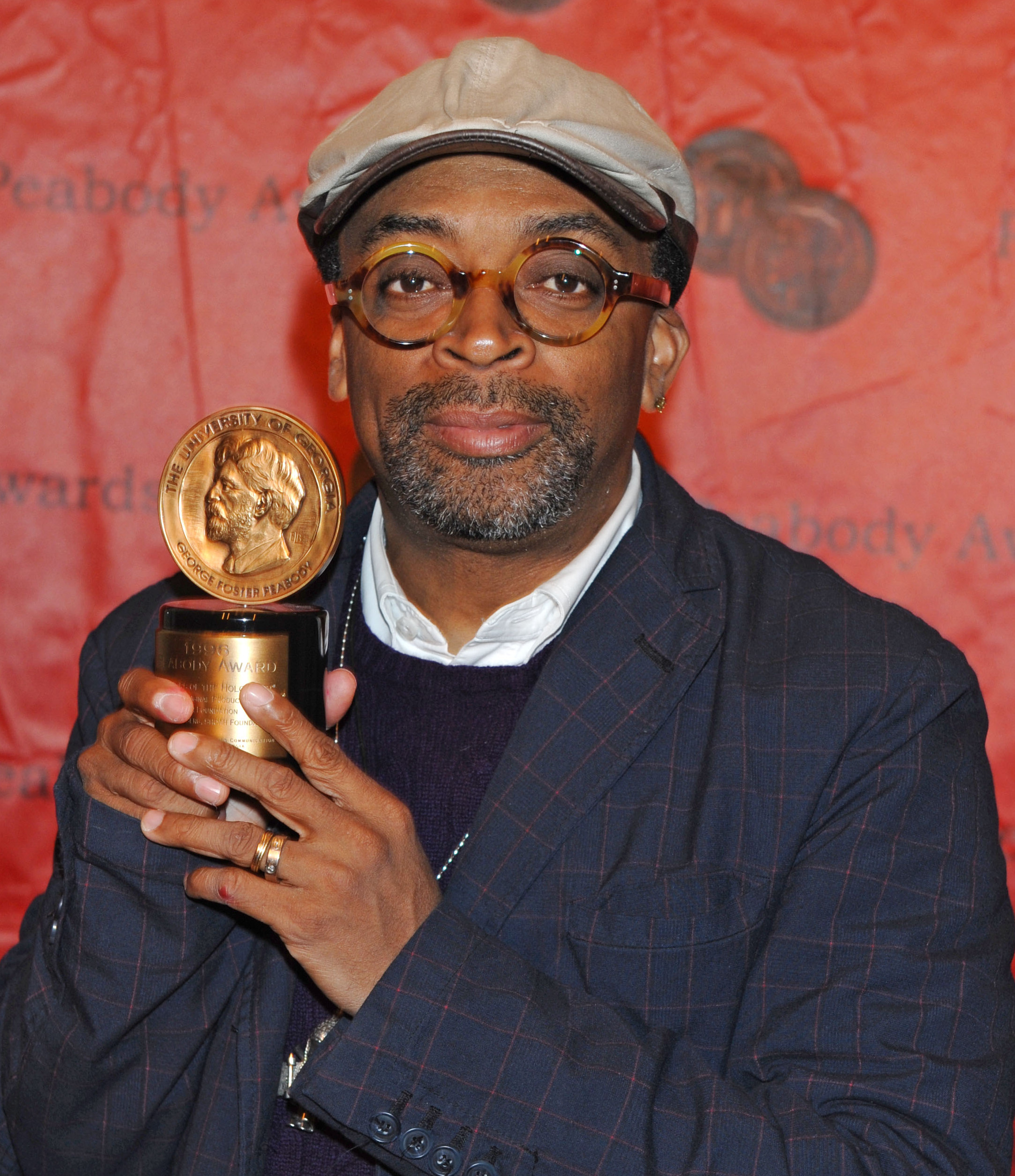
“Spike Lee Peabody Awards 2011 (cropped)” by Peabody Awards is licensed under CC BY 2.0 .
- TITLE THIS BLOG POST: Film Analysis: NAME OF FILM
- IF YOU WANT, PLACE A CREATIVE COMMONS IMAGE RELATED TO THE FILM FROM SEARCH.CREATIVECOMMONS.ORG AT THE TOP OF THE POST
- REVIEW THESE ANALYSIS POST EXAMPLES:
- Josie’s analysis of One Flew Over the Cuckoo’s Nest
- Lindsay’s analysis of 6 Underground
- Stuart’s analysis of Ford vs. Ferrari and Greenland
- Naomi’s analysis of 13 Going on 30
- Robbie’s analysis of Gojira (Orginal Godzilla) and Space Battleship Yamato 2199
- Malachi’s analysis of Ratatouille
- Giovanni’s analysis of Iron Monkey
- Avery’s analysis of Just Mercy and Terminator 2: Judgement Day
- Meredith’s analysis of Mother
- Jaden’s analysis of Baby Driver
- Reese’s analysis of Paul Blart: Mall Cop
- Cooper’s analysis of Die Hard, Bird Box, Forrest Gump, Finding Nemo, Toy Story 3, Wonder, and The Blind Side
- Katherin’s analysis of Bedtime Stories
- Jack’s analysis of Clone Wars
- Francis’ analysis of The Sound of Music
- Eli’s analysis of Green Book
- Avian’s analysis of Knives Out and Notes on a Scene of Memento
- Jakob’s analysis of Indiana Jones: Raiders of the Lost Ark
- Isaac’s analysis of Ratatouille
- Aidan’s analysis of Jaws
- Nick’s analysis of Marvel Movies
- Dylan’s analysis of Toy Story 4, Avengers Endgame, The Adventures of Sharkboy And Lavagirl, and Spiderman Far From Home, Despicable Me, and Black Panther
- Jacob’s analysis of Death Race: Beyond Anarchy
- Nolan’s analysis of Transformers: Revenge of the Fallen
- Coletrane’s analysis of American Psycho
- Will’s analysis of The Conjuring and 2022 Batman
- Kyle’s analysis of Breaking Bad
- Adia’s analysis of Leon the Professional
- DELETE ALL OF MR. LE DUC’s ALL UPPERCASE INSTRUCTIONS DETAILED ABOVE
Summary
We analyzed Do The Right Thing, produced and written by Spike Lee. The film was released in 1989 and is a pretty complex film that was inspired by Spike Lee’s feelings for hate and violence.
Film Analysis
| Film Title |
Do The Right Thing |
| Year | 1989 |
| Director |
Spike Lee |
| Country |
USA |
| Genre | Comedy/Drama |
| If you could work on this film (change it), what would you change and why? | I would change the beginning, partially because of how long it is as it rolls the primary credits of who produced and created the film. Storywise, I would dive a little more into Mookie’s relationship with his family. I.E. his partner, and his son. |
Film information can be found at imdb.com
As you view films, consider how the cuts, camera angles, shots, and movement work to create particular meanings. Think about how they establish space, privilege certain characters, suggest relationships, and emphasize themes. In addition to shot distances, angles, editing, and camera movement, note details of the narrative, setting, characters, lighting, props, costume, tone, and sound.
Ask yourself the following questions:
| TOPIC | YOUR NOTES |
| 1. Who is the protagonist? | Mookie |
| 2. Who is the antagonist? | Sal |
| 3. What is the conflict? | The Death of Radio Raheem |
| 4. What is the theme or central, unifying concept? (summarize in one or two words) | |
| 5. How is the story told (linear, non-linear, with flashbacks, flash-forwards, at regular intervals) | |
| 6. What “happens” in the plot (Brief description)? | |
| 7. How does the film influence particular reactions on the part of viewers (sound, editing, characterization, camera movement, etc.)? Why does the film encourage such reactions? |
|
| 8. Is the setting realistic or stylized? What atmosphere does the setting suggest? Do particular objects or settings serve symbolic functions? | |
| 9. How are the characters costumed and made-up? What does their clothing or makeup reveal about their social standing, ethnicity, nationality, gender, or age? How do costume and makeup convey character? | |
| 10. How does the lighting design shape our perception of character, space, or mood? | |
| 11. How do camera angles and camera movements shape our view of characters or spaces? What do you see cinematically? | |
| 12. What is the music’s purpose in the film? How does it direct our attention within the image? How does it shape our interpretation of the image? What stands out about the music? | |
| 13. How might industrial, social, and economic factors have influenced the film? Describe how this film influences or connects to a culture? | |
| 14. Give an example of what a film critic had to say about this film. Use credible sources and cite sources.
Example: “The Shawshank Redemption Movie Review (1994) | Roger Ebert.” All Content. N.p., n.d. Web. 24 June 2015. |
|
| 15. Select one scene no longer than 5 minutes that represents well the whole film and shows relevant cinematic elements. Write a one-sentence description of the scene and record the time of the scene.
Example: from 1:05:00 to 1:10:00. Explain why you chose this scene. |
PLACE THE TIME STAMP FROM THE SCENE HERE… Example: 00:00:00 – 00:05:00
|
| 16. In the selected scene: write a sentence for each of the elements below to justify why this scene best represents the film: | |
| a. Screenwriting: | |
| b. Sound Design: | |
| c. Camera Movements/Angles: | |
| d. Light Setup: | |
| e. Soundtrack/Score: | |
| 18. What’s the socio-cultural context of this film? |
This worksheet was developed with ideas from many IB Film teachers, thus should remain in the Creative Commons